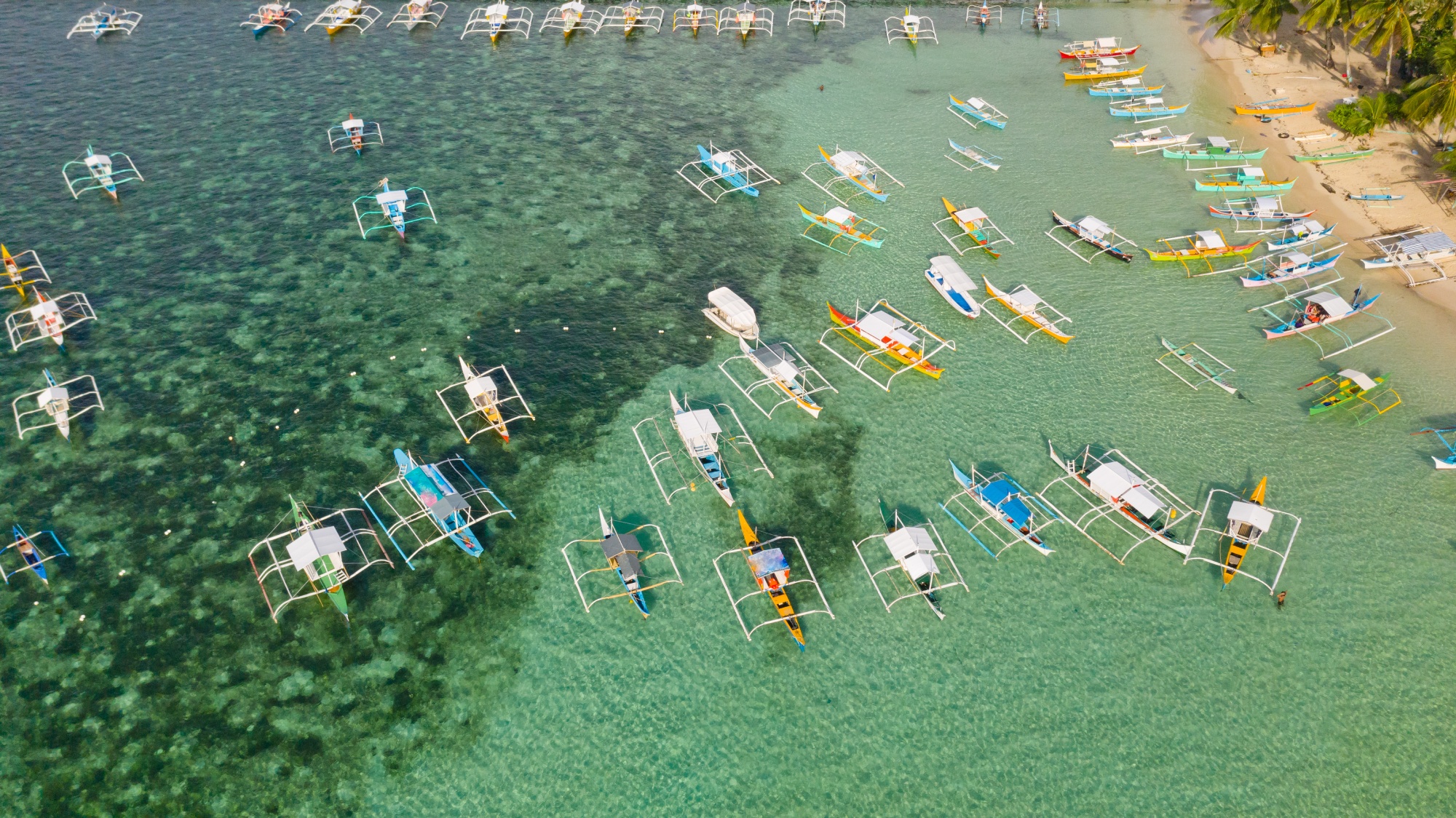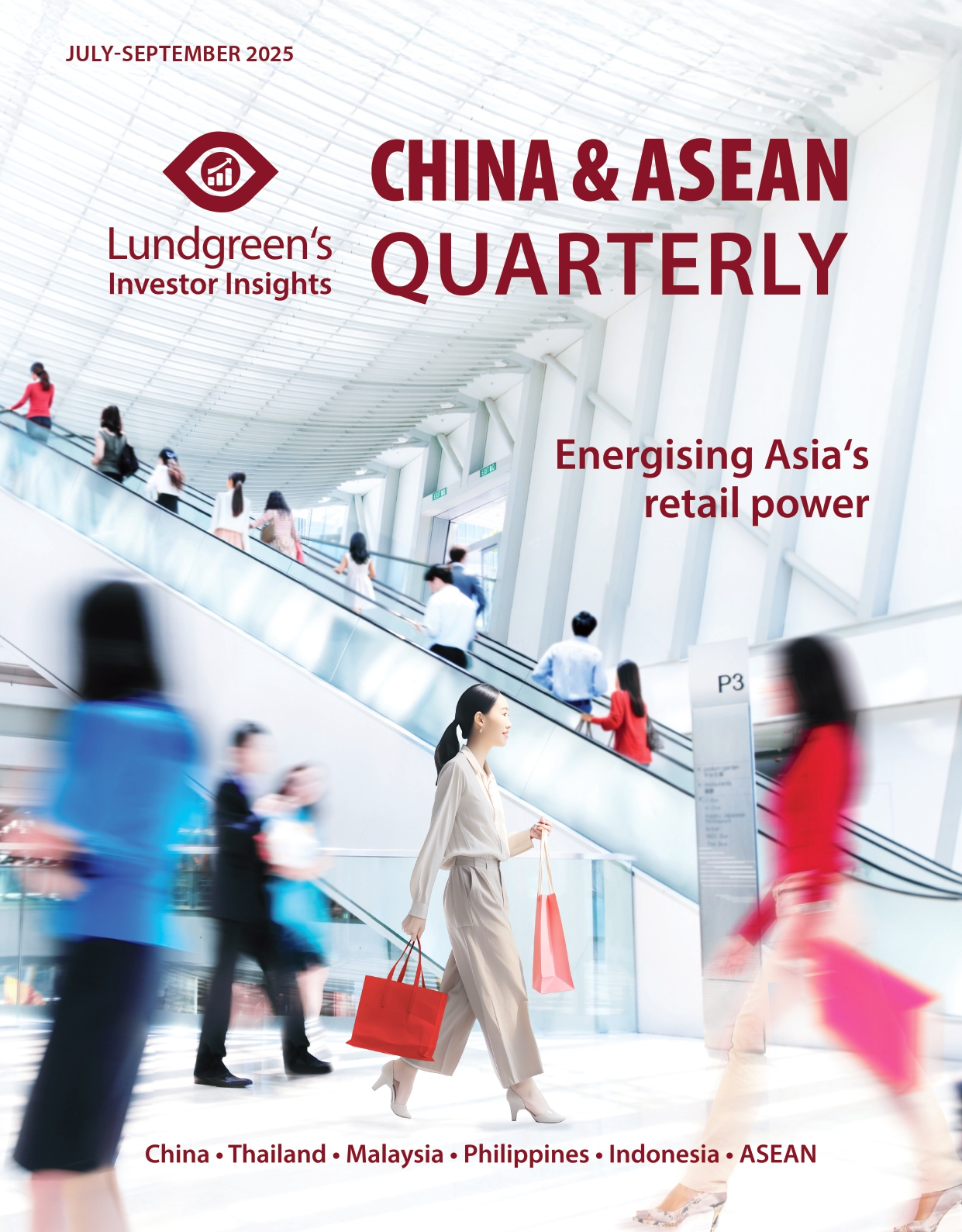Foreign tourists and the waning affection for the Philippines
Have international travellers grown to “love the Philippines” as the country’s tourism tagline suggests? Not as much, it appears.
The tourism sector is one of the pillars of the Philippine economy. In 2024, it accounted for 8.9 per cent of total GDP and helped sustain the country’s above-5 per cent pace of economic growth.
Tourism-fuelled growth peaked just before the pandemic, with the sector contributing as much as 12.7 per cent of Philippine GDP in 2019. COVID-19 restrictions, especially with the Philippines having one of the longest lockdowns in the world, have kept tourists at bay since. As such, the value of tourism-related revenues plunged to a low of 5 per cent of GDP in 2020 and 2021. The sector has struggled to regain its lost momentum over the past five years, with revenues plateauing between 2023 and 2024 as shown in Graph 1.

International tourist arrivals totalled 5.9 million in 2024, far below the 7.7 million target of the Philippine Department of Tourism. The department attributed this to a sharp drop in Chinese tourists amid geopolitical concerns and the revocation of an e-visa program that previously made things easier for Mainlanders to enter the country. Preliminary data also suggest another missed goal this year, with foreign tourist arrivals at 2.9 million for January-June, just one-third of the full-year target.
‘Love the Philippines’
The country overhauled its flagship tourism campaign in June 2023 by scrapping the years-old “It’s More Fun in the Philippines” catchphrase, thinking that a brand refresh would entice both domestic and international travellers to explore more of its 7,641 islands. Clearly, there is more to unlock here with rising incomes among Filipinos that can prop up domestic tourism. There is also the rest of the world riding high on revenge travel – people itching to explore the world after COVID-19 health restrictions kept them cooped up at home for months or years.
Foreign visitor arrivals have been on the rise since 2022, although still far from pre-pandemic levels. However, one thing remains constant: the Philippines is far from being the top choice of international tourists when visiting Southeast Asia, as seen in Graph 2. The Philippines ranks seventh among the 10 ASEAN member-states, and its share to total regional tourist arrivals even declined to 5 per cent in 2023 from 6 per cent in the previous years. Thailand continues to be the top destination of choice, while Malaysia has raced ahead to corner one-fifth of travellers exploring ASEAN.

Tourist attractions are aplenty in the Philippines, with some spots like Palawan beaches deemed among the world’s best, and the Filipino brand of hospitality said to be an experience worth flying hours for. There are a multitude of sights, cuisines, and experiences to “love the Philippines” (as its new tourism slogan suggests), but it seems that foreigners are simply not in the mood.
The country has been trying to reduce travel requirements for foreign nationals by extending visa-free travel agreements with more partners, the newest being India, as well as the issuance of digital nomad visas for remote workers opting to make the Philippines their home base. However, previous efforts to simplify entry protocols and even a rewards program for tourist “referrals” have failed to significantly boost tourism numbers. Incomplete infrastructure, such as subpar airports and poor-quality roads and commuting options, as well as higher costs of food, accommodations, and leisure activities relative to other tourist spots in Southeast Asia are keeping foot traffic into the Philippines low. The concept of remote work from the Philippines is not so alluring either, with the country’s mobile and fixed broadband internet speeds sorely lagging behind neighbouring Singapore, Vietnam, and Thailand based on Ookla data.
Opportunities in hospitality
Inadequate tourism facilities stand as a barrier to a more buoyant tourism industry, but it may also be viewed as an opening for investors looking to tap into the Philippine economy’s upbeat momentum. The potential is huge: over the past decade, a handful of the biggest domestic conglomerates have ventured into the tourism business or have expanded their presence within the sector by franchising mid-price and luxury hotel chains and developing leisure estates. Philippine mega businesses such as the SM Group, Robinsons Group, Ayala Group, and Megaworld Corp. are now heavily investing in their subsidiaries in the travel and hospitality sectors.
Building wellness and recreation hubs require sizeable capital upfront to secure prime land – for example, beachfront properties come at a premium – and to construct quality lodging, especially for those targeting high-end clientele. This is where additional foreign investments come in handy. The influx of foreign capital will give the Philippine tourism sector a much-needed push, given that domestic fundraising markets remain shallow and costly.
Investors who will bankroll tourism-related businesses are likely to enjoy handsome returns, especially with major tourism developers forming part of blue-chip companies listed on the Philippine Stock Exchange. In particular, Real Estate Investment Trusts or REITs on offer have been gaining ground as an investment vehicle, with these specialized corporations drawing profits from operating a mix of office buildings, retail malls, and tourism-related establishments. The Philippines’ tourism industry has much room to flourish, and investors in search of growth will find this segment worth paying attention to for long-term profits.






